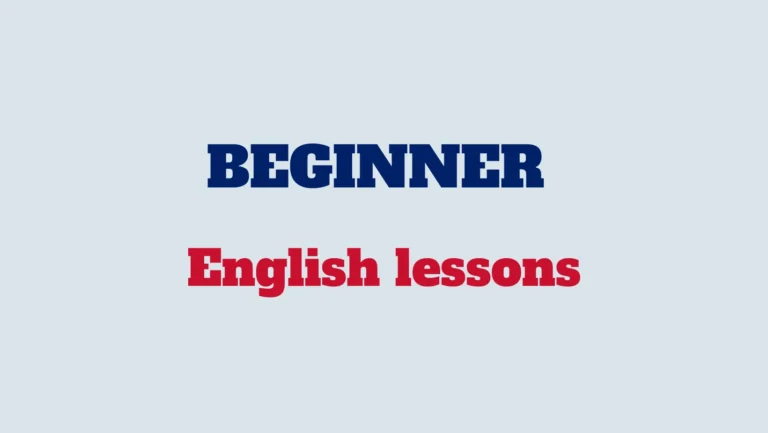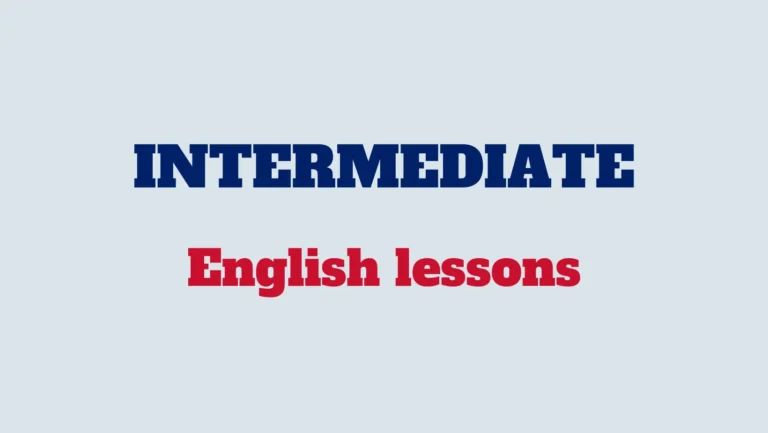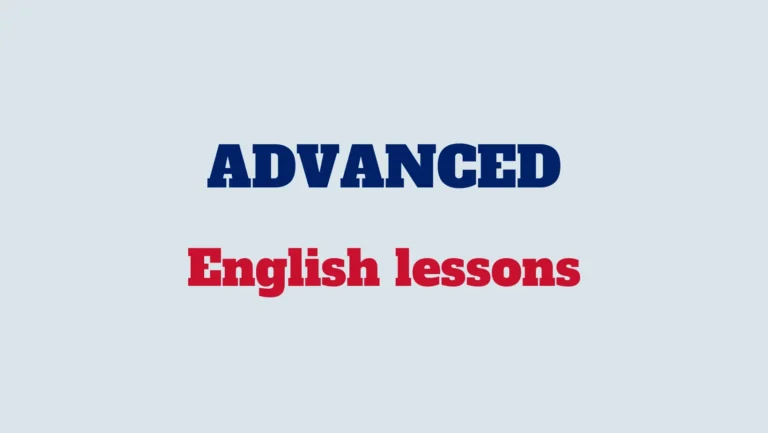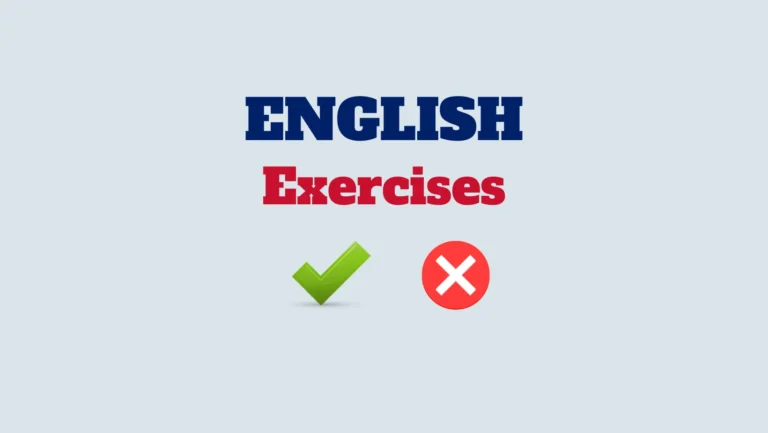Auxiliary verbs, also known as helping verbs, assist the main verb in forming various tenses, moods, and voices in English.

In this lesson, we will explore the types of auxiliary verbs, their functions, and how they contribute to the structure of sentences.
Types of auxiliary verbs:
Primary auxiliary verbs:
“Be”: am, is, are, was, were, be, being, been
“Have”: have, has, had
“Do”: do, does, did
Modal auxiliary verbs:
can, could, may, might, shall, should, will, would, must
Functions of auxiliary verbs
Forming tenses:
Auxiliary verbs are used to create various tenses.
Examples:
She is studying for her exams. (Present continuous)
They have completed the assignment. (Present perfect)
Forming questions:
Auxiliary verbs play a crucial role in forming questions.
Examples:
Are you coming to the party? (Present simple)
Have you finished your homework? (Present perfect)
Negation:
Auxiliary verbs are used in negation to form negative sentences.
Examples:
I do not like coffee. (Present simple)
She has not visited that museum. (Present perfect)
Modality:
Modal auxiliary verbs express the speaker’s attitude or the necessity of an action.
Examples:
You must finish your homework. (Necessity)
She can swim well. (Ability)
Placement in sentences
Auxiliary verbs are placed before the main verb:
Examples:
He is playing the guitar.
I will visit you next week.
Understanding the role of auxiliary verbs is essential for constructing grammatically correct sentences in English. By recognizing the primary and modal auxiliary verbs and their functions, you can enhance your ability to express actions, attitudes, and time relationships accurately. Practice incorporating auxiliary verbs into your sentences to strengthen your language skills. Happy learning!



